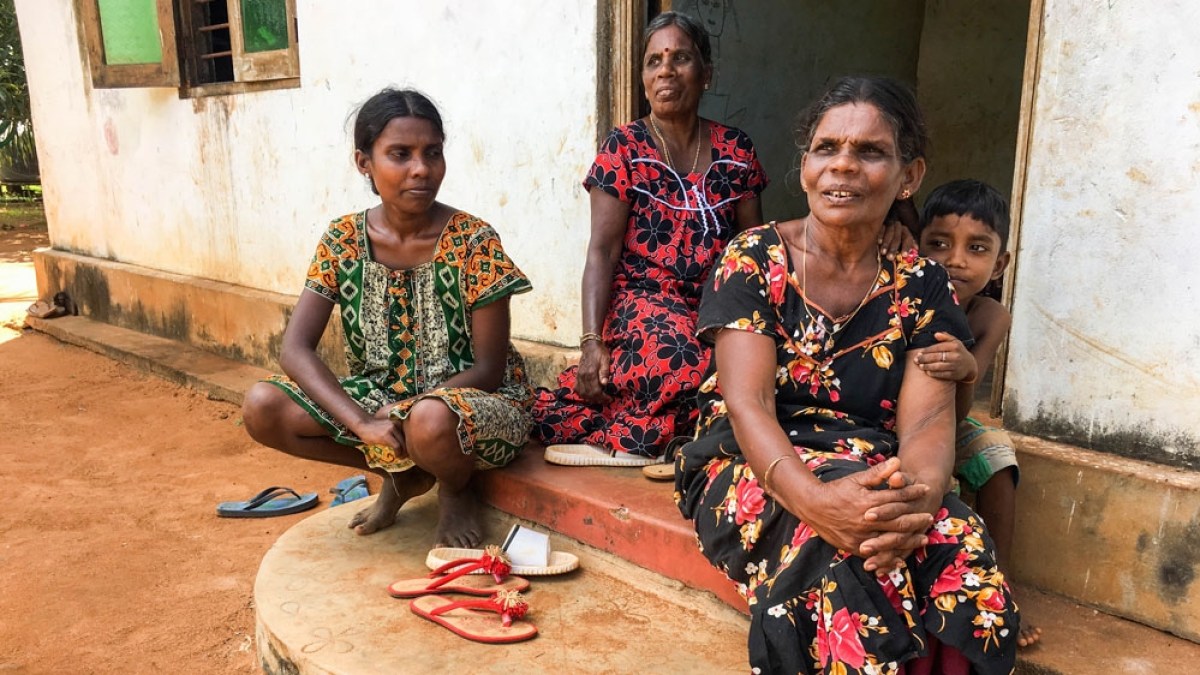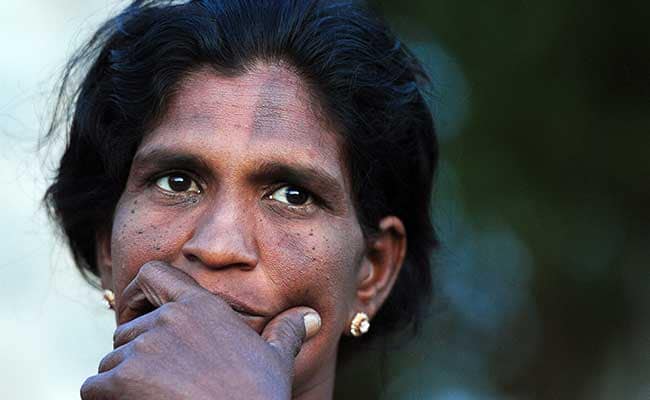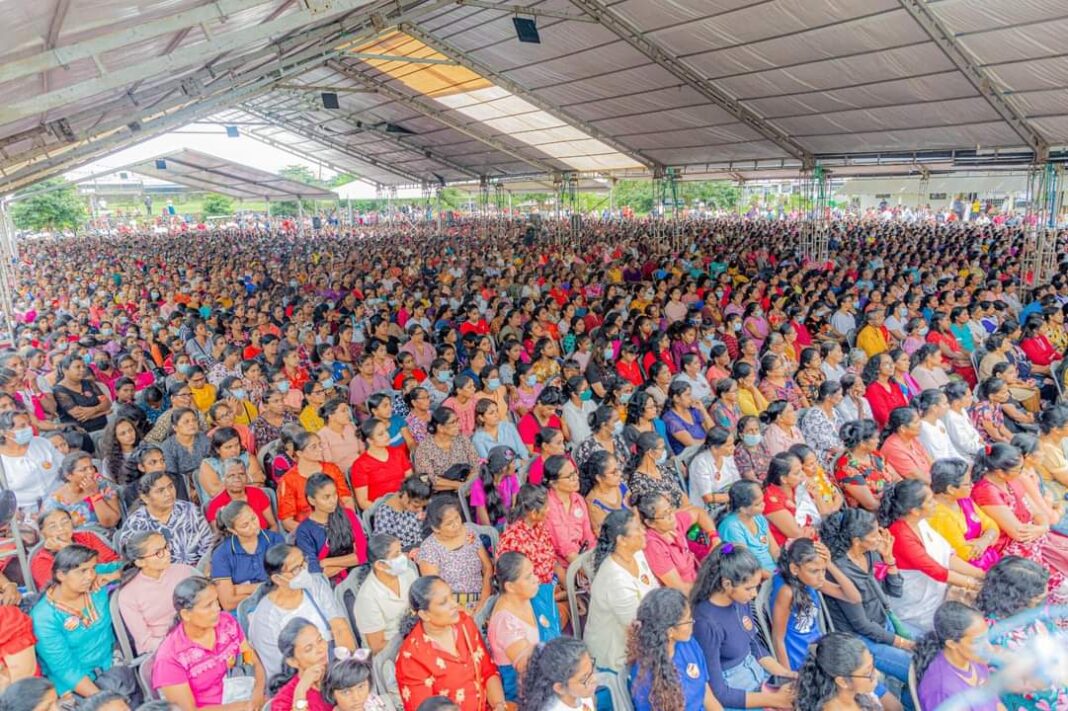Gender equality as a human right
My previous article about the International Women’s Day emphasised the importance of working towards gender equality, which is essential for the world in its journey towards a reconciled and a fairer place. The UN’s 2030 Agenda for Sustainable Development has only six more years to run. This means that in another half a decade every person should have “equal access to education, healthcare, decent work, a life free from discrimination and abuse, and representation in political and economic decision-making”. The 2030 Agenda has called us to strengthen our efforts further towards achieving gender equality. This article discusses how Sri Lanka fares in this regard.
Women in Sri Lanka like in many countries continue to suffer from abuse, discrimination and violence, despite the progress they have made. There exists significant structural barriers and societal and cultural norms that enable the continuation of gender stereotypes, which forces women to live under the yoke of unequal treatment. Unless as a society, we confront and eliminate the prevailing gender inequalities and discriminatory attitudes and practices that hold women back, we cannot look forward to any prospects of progress as set out in the UN’s 2030 Agenda.
Compared with other South Asian countries and many developing countries, Sri Lanka has a relatively high level of gender equality in terms of education and access to health services, as they enjoy free and universal schooling and healthcare. Despite these significant achievements, gender inequalities continue in the social and economic sphere. Nevertheless, the current political and economic agenda driven by structural arrangements may easily affect this status to change in the near future.
Gender discrimination is deeply embedded in social institutions. Yet, this discrimination, in its many forms, often remain invisible. Key drivers behind the perpetuating gender gaps and hindering moving towards a rights-based approach are mainly socio-economic and cultural norms and practices. Hence, collecting comprehensive and comparative data for quantifying the level of gender discrimination that currently exists, is a necessary and vital task.

Crimes against women such as domestic and sexual violence are endemic in many societies. According to research studies, 35 percent of women in Sri Lanka are reported to have experienced intimate partner violence during their lifetime and 40 percent subjected to violence. Despite legislation such as the Prevention of Domestic Violence Act providing certain protections in this regard, the law is not implemented for the purpose of achieving its expressed intent. Additionally, the Act does not include economic violence within its defined scope of domestic violence. Furthermore, the Act has mandated family counselling before pursuing legal means such as filing cases in court.
This may push women towards withdrawing their complaints due to pressure and intimidation exerted on them by individuals and society. For example, socially, there is an expectation that women should keep their problems at home and in family as the marriage and family are sacrosanct. As a result, many women do not seek institutional assistance and legal protection. Going against such norms will lead to social stigmatisation. On the other hand, judicial processes are so lengthy, require huge amounts of resources and are time consuming; deterring many women from taking the judicial path.
72 percent of the 8.5 million economically active population in Sri Lanka are males while only 35 percent are females. However, women comprise 52 percent the population, yet the female representation in parliament is only 5.3percent. Women continue to be more vulnerable to poverty and exclusion in society. The Organisation for Economic Co-operation and Development (OECD) has helped to address this complex issue and helps governments as well as society to understanding its scope, as well as assisting governments who are willing and committed to addressing this issue by developing evidence-based policy solutions.
OECD and SIGI
In assessing gender equality, OECD uses Social Institutions and Gender Index (SIGI) for measuring the level of gender discrimination. This Index is used to assess whether legal frameworks are in place to promote, enforce and monitor gender equality and women’s empowerment, which the UN’s Sustainable Development Goal (SDG) 5.1.1 has codified. In this Index, reference to social institutions includes the complex network of formal and informal laws, and social norms and practices.
According to SIGI 2023, globally, women held only 25 percent of management positions. It is no wonder that systemic discrimination has widened gender gaps in the labour market. This situation has led to women’s underrepresentation in leadership and management positions and overrepresentation in low-wage sectors, in the informal economy or in part-time work. The Index measures discriminatory practices in four areas:
-
- discrimination in the family
- restricted physical integrity
- access to productive and financial resources, and
- restricted civil liberties.
Despite the difficulties in comparison and Australia not being the perfect example in terms of gender equality, when we consider gender inequality measures between Australia and Sri Lanka, the differences become very clear.
According to OECD figures the measure, Social Institutions and Gender Index (SIGI) for 2023 in Australia is 15.4 compared with the value 59.2 in Sri Lanka. A value zero (0) in this regard indicates no discrimination environment, while a value of 100 an environment of absolute and outright discrimination against women. The dimension ‘Discrimination in the family’ for Australia is 7.9 while it is 62.5 for Sri Lanka. The dimension ‘Restricted physical integrity’ is 13.1 for Australia whereas it is 41.5 for Sri Lanka. The dimension ‘Restricted access to productive and financial resources’ is 17.4 for Australia, while it is 63.2 for Sri Lanka. ‘Restricted civil liberties’ dimension is 22.5 and 44.2 respectively for Australia and Sri Lanka.
Discriminatory social institutions restrict “women’s and girls’ access to rights, justice, empowerment opportunities and resources, undermining their agency and authority” (OECD, 2024). The latest figures indicate 56 percent of the global population believes that when a mother undertakes paid work, children will suffer. Women are often expected to undertake most of the unpaid care and domestic work, thus restricting their time available for education, training and paid employment.
SIGI has also helped identify gender stereotypes in education leading to a gap in STEM (Science, Technology, Engineering and Math) education. This is associated with the differences observable from the subjects young people chose to study at school or pursue as a career. For example, in the OECD, despite young women performing slightly better in science than their male peers, young women are found to be less likely than young men to study and graduate in STEM related fields. A similar observation has been made regarding the digital divide between young women and young men with young men more likely to gain digital skills required to engage in today’s economy moving towards driven by the Fourth Industrial Revolution (Industry 4.0).
Moving away from gender discrimination
According to the UN based data, women comprise almost half the world’s agricultural workforce and nearly half of the world’s small-scale livestock managers in low-income countries. Working-class women and enslaved women across the world have always been engaged in attending to heavy manual labour.
The early human societies needed people for producing a surplus that benefitted the elites of those societies, and for defending the state, if needed, even at the cost of sacrificing their lives during times of war. “Maintaining population levels put an inevitable pressure on families. Over time, young women were expected to focus on having more and more babies, especially sons who would grow up to fight.” (BBC 2023).
With women being pushed more to be engaged in domestic affairs to focus on motherhood and domestic labour, they gradually disappeared from the public life of work and leadership. In addition, patrilocal marriage practices that sidelined women in their own homes, made them more exposed to be exploited and subjected to abuse. Daughters of these families were expected to leave their parental/childhood homes to live with the families of their husbands. Thus, marriage became converted into a rigid legal institution over time, which treated women as the private property of their husbands.

Sri Lankan war widow Evin Selvy, 45, 2015 photo (Agence France-Presse)
Armed conflicts and war widows
In Sri Lanka, the issue of war widows continues to be a significant problem. Armed conflicts generated extreme trauma on war widows leading them to suffer from post-traumatic stress disorder (PTSD). In addition to psychological hardships, they continue to suffer from problematic legal, economic and social issues. These issues range from social exclusion, stigmatisation, sexual and financial exploitation, harassment, intimidation, security threats to demographic changes, post-war insecurities, financial hardships, restrictions by culture and tradition, and economic and land-rights inequalities. These issues have severely affected their lives within and outside the family.
There have been many research studies conducted on war widows in the country. Despite these studies highlighting their plight, it has not raised awareness about the real difficulties war widows are faced with. Many war widows, despite receiving material and financial assistance of the government and many non-government organisations, are still confronted with many serious issues. This is especially acute for war widows in the north and east, whose plight is often overlooked.
The way war widows are coping particularly, those in the north and east need to be appreciated, as their circumstances are much drearier and more vulnerable. They display an astonishing strength, courage, innovation, and agency in finding individual and collective coping strategies, while making use of available opportunities for ensuring their economic, social and psychological survival. Associations and cooperatives of widows have formed networks for developing such economic opportunities and providing psychosocial support, though their effectiveness are yet to be assessed.
Many such initiatives are self-organised while other initiatives receive local or international governmental and non-governmental support. Some programs have played an important role and contributed to empowering young widows. However, it is reported that older widows due to their social traditions and cultural norms have found it more difficult to take charge of such opportunities. Some war widows and women in rural areas in the south have gone overseas for work. Some of them have found their family life ruined, while some are doing better.
Women in Sri Lanka are disproportionally feeling the brunt of the poly crises the country is currently faced with such as the rising cost of living and food insecurity. However, it appears that with women equipped with livelihood skills will enable them to confront and surmount such challenges. Women have applied their own Indigenous knowledge and innovation to enhance the investments they have made and some have made remarkable achievements. Particularly, during difficult times in rural areas, women can truly become agents of change for their families and communities, and thus for the country as a whole.
To be continued
14 March 2024
